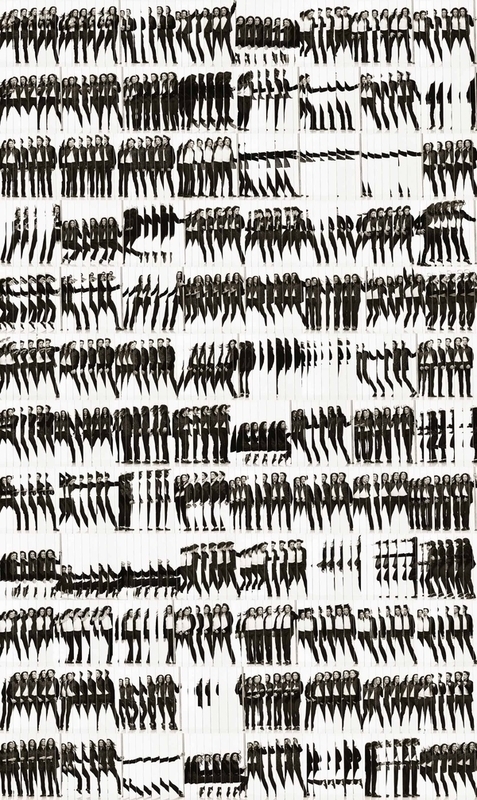Share your Michael Jackson Story
Thursday afternoon, around noon, I was doing an advance press interview with Modern Painter magazine about the exhibition Who Shot Rock & Roll, which opens here at the Brooklyn Museum in October. One of the questions the writer asked me was, “What challenges do you face in designing an exhibition of rock and roll photographs for an art museum?” My immediate responses were: “Since it’s the first major exhibition about rock and roll photographs in America, we are including an encyclopedic 175 works and the challenge will be how I can install so many works, and still give each one its own space.” . . . as well as, “It’s not often that I’m installing images such as Johnny Cash giving the finger, and an equally provocative image of Courtney Love, and how do you present these works, which overtly say rock and roll, but might offensive to some museum patrons?”

Michael Jackson, 1999. (printed 2000). Photograph by Albert Watson.
Well today, it’s a different world in Rock and Roll. Michael Jackson died. We have a huge 8′ x 6′ portrait of Michael Jackson in the show, by the world renown photographer Albert Watson. Before, my mind was on “Where should we put the 8 photographs of Elvis from 1956?” . . . and “Where can we fit the 6 panel lenticular photograph of Jimi Hendricks?” Today. . . my thought is, “In what special place can we put our great American artist Michael Jackson?”
In the last several days, I’ve had dozens of conversations about Michael and his music and dancing. It seems everyone has a story of where they were and what happened when they were listening to his songs. A similar thing happened late in 2007, when Michael Jackson came to the Brooklyn Museum for an Ebony magazine photo shoot to celebrate the 25th anniversary of Thriller. I’ve never seen such giddy, smiley people before . . . all wondering if they were going to catch a glimpse of Michael . . . and all saying how much they just LOVED THRILLER!
What’s your story?

Matthew Yokobosky came to the Brooklyn Museum as an exhibition designer in 1999, and was appointed Chief Designer in 2002. He earned a B.A. in film studies and design from the University of Pittsburgh in 1986, and, one year later, moved to New York to work at the Whitney Museum of American Art. While at the Whitney, Yokobosky held many positions, including exhibition designer (1995 Biennial, The American Century (1999)) and associate curator of film and video (No Wave Cinema, 1996; Fashion & Film, 1997). During the same period, he designed theater productions (Ping Chong's 1989 show Brightness, which won a Bessie award for set and costume design) and books (Yoko Ono: Arias and Objects, 1991). For the Brooklyn Museum, he has designed the critically acclaimed Luce Center for American Art (2002/2005, permanent installations), as well as over 30 temporary exhibitions including Hiroshige: 100 Famous Views of Edo (2000), Basquiat (2005), Annie Leibovitz (2006-7), and I Wanna Be Loved by You: Photographs of Marilyn Monroe (2004), which he also curated.
